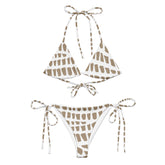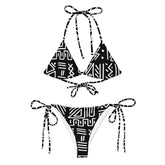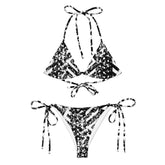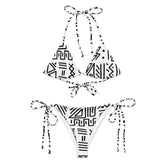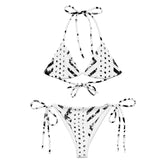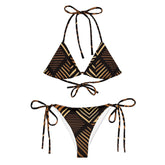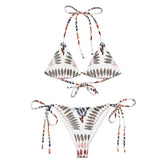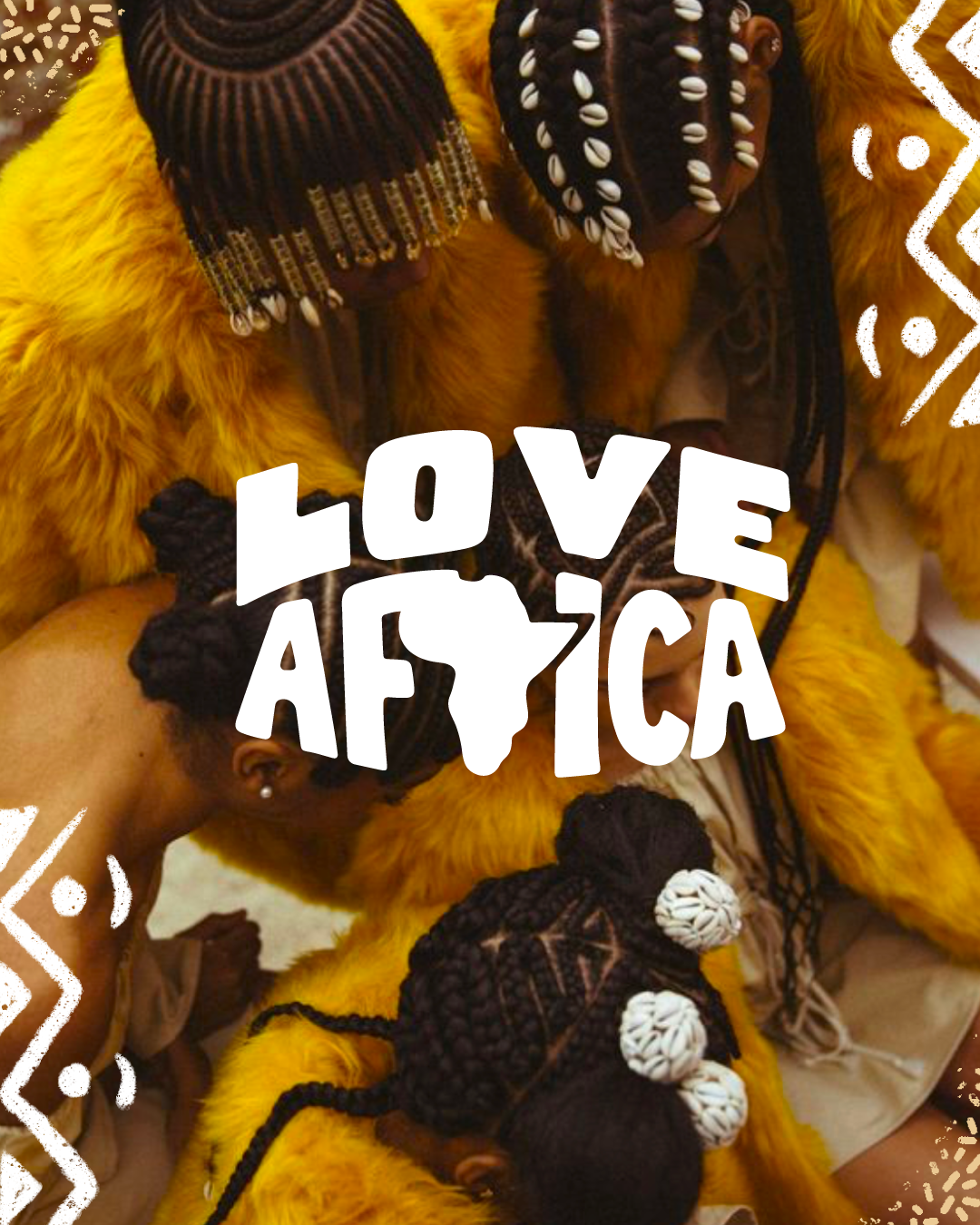African Prints by Country: The Meaning Behind Iconic Patterns
Discover the stories woven into Africa’s most iconic textiles, from Ghana’s royal Kente to Mozambique’s colorful Capulana. Each fabric, with its unique patterns and techniques, reflects the rich heritage, cultural values, and artistry of its people.
Ghana: Kente Cloth
• Description: Kente is one of the most famous textiles from Africa, known for its bright, bold colors and complex woven patterns. Originally worn by Ashanti royalty, each Kente pattern and color combination carries unique meanings, representing themes like leadership, spirituality, and unity.
• Technique: Handwoven from silk or cotton on narrow looms, using a variety of patterns that signify status, history, and storytelling.

Photo by indigoarts.com
Nigeria: Adire Cloth
• Description: Adire is a traditional indigo-dyed cloth from the Yoruba people. Created using resist-dye techniques like tie-dyeing and starch-resist, Adire fabrics have unique geometric and symbolic patterns that convey messages and stories.
• Technique: Traditionally dyed with natural indigo, Adire involves folding, tying, or starching to resist dye and create intricate, symbolic designs.

Photo by.blogspot.com
Mali: Bogolanfini (Mudcloth)
• Description: Also known as mudcloth, Bogolanfini is a Malian textile made by hand-painting geometric patterns with mud. Each symbol on a Bogolanfini tells a part of the wearer’s story or history, often representing significant life events.
• Technique: Mud-dyeing involves applying fermented mud and plant dyes onto cotton, producing earthy-toned patterns that are full of cultural significance.

Photo by botanicalboys.com
Ivory Coast: Korhogo Cloth
• Description: Korhogo cloth is a hand-painted fabric from the Senufo people. It usually features abstract symbols and figures that depict everyday life and folklore.
• Technique: Hand-painted with a blend of earth and vegetable-based dyes on woven cotton, resulting in subtle, earthy colors and symbolic designs.

Photo by 1stdibs.com
South Africa: Shweshwe Fabric
• Description: Known as “the denim of South Africa,” Shweshwe is a printed fabric famous for its intricate geometric patterns and indigo, brown, and red color schemes. Originally introduced by German settlers, it has become a staple in South African traditional attire.
• Technique: Produced with roller printing, using chemical processes to bleach patterns into the fabric.

Photo by Urbanstax.com
Ethiopia and Eritrea: Habesha Kemis
• Description: Habesha kemis is a traditional garment made from a white cotton fabric called shemma, adorned with colorful woven patterns called tibeb along the edges. This cloth is often used for formal occasions and religious ceremonies.
• Technique: The shemma is handwoven on a loom, with tibeb designs incorporated into the edges, using colorful threads to create intricate borders.

Kenya: Kikoy
• Description: Kikoy is a woven cotton wrap popular in Kenya, known for its distinctive striped patterns and vibrant colors.
• Technique: Kikoys are typically woven with dyed cotton yarn, creating striped patterns across the fabric.

Tanzania: Kanga
• Description: Kanga is a cloth widely used in Tanzania, famous for its vibrant patterns and Swahili proverbs printed on the fabric.
• Technique: Kanga fabrics are printed with bold, colorful designs and often include messages or proverbs that convey cultural meanings.

Mozambique: Capulana
• Description: In Mozambique, Capulana is a versatile cloth used for various purposes, from clothing to ceremonial attire. It often showcases elaborate patterns and bright colors that reflect Mozambican heritage.
• Technique: Capulanas are printed with intricate, colorful designs, embodying local artistry and storytelling through their patterns.

Photo by 54kibo.com


